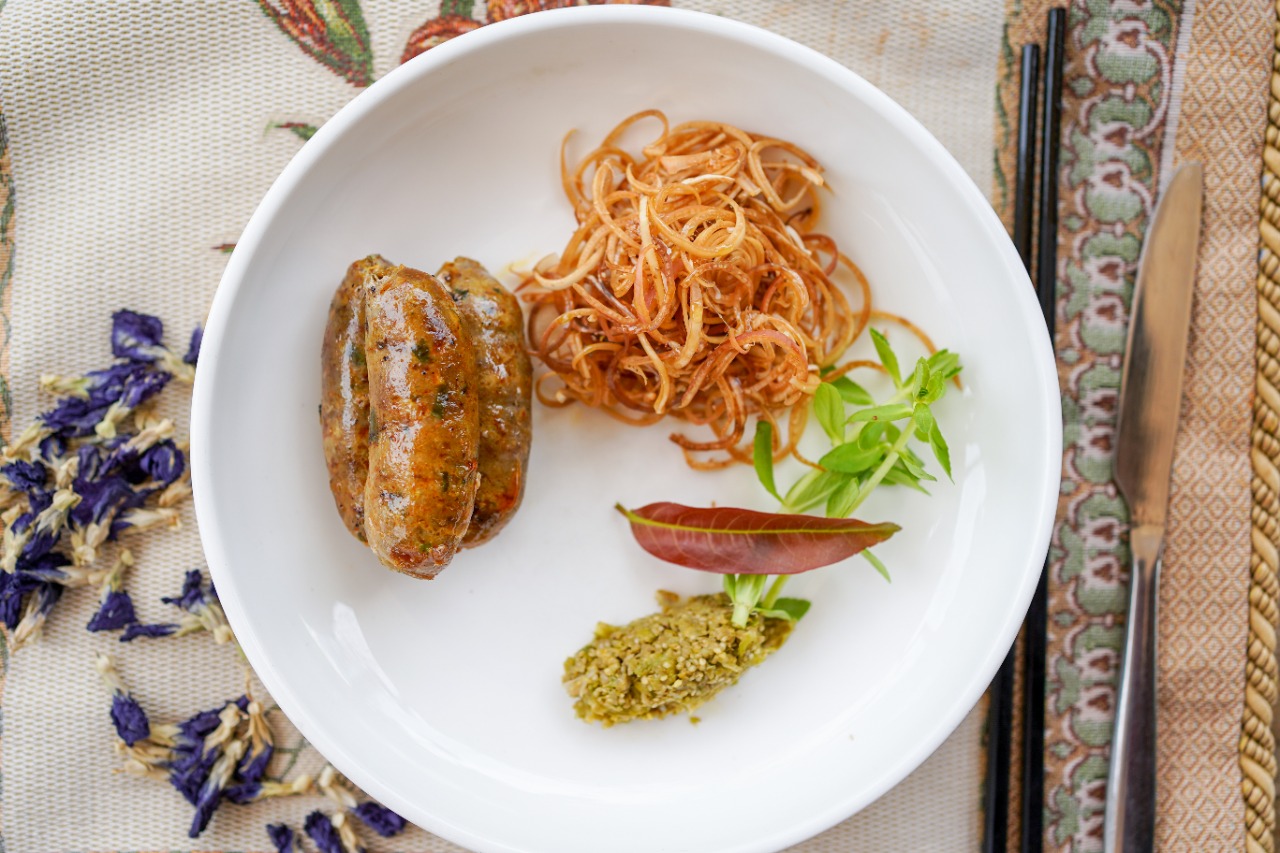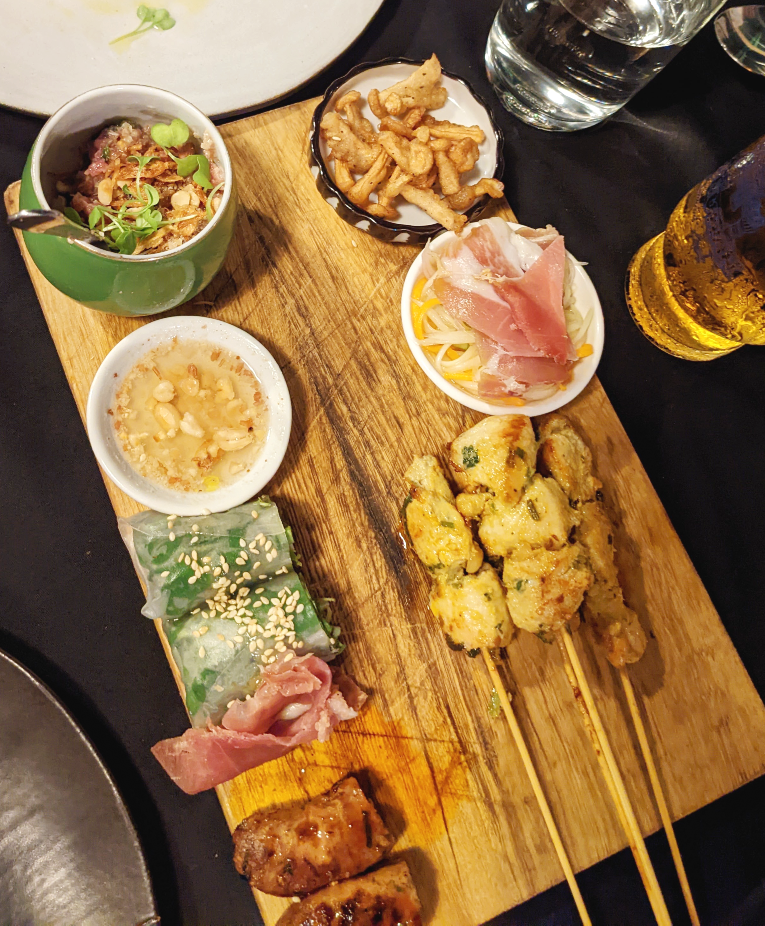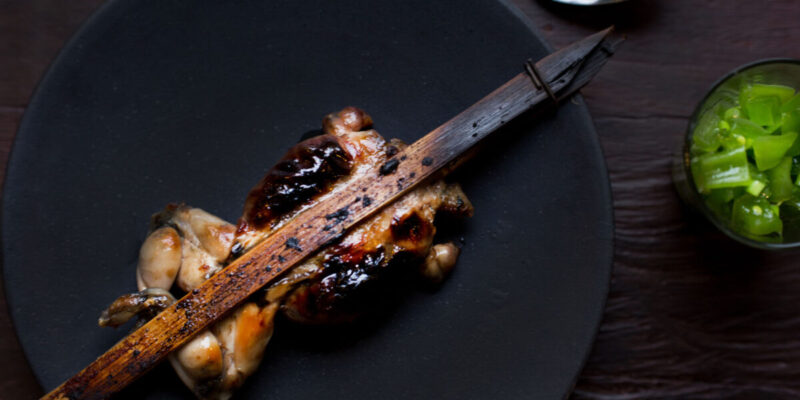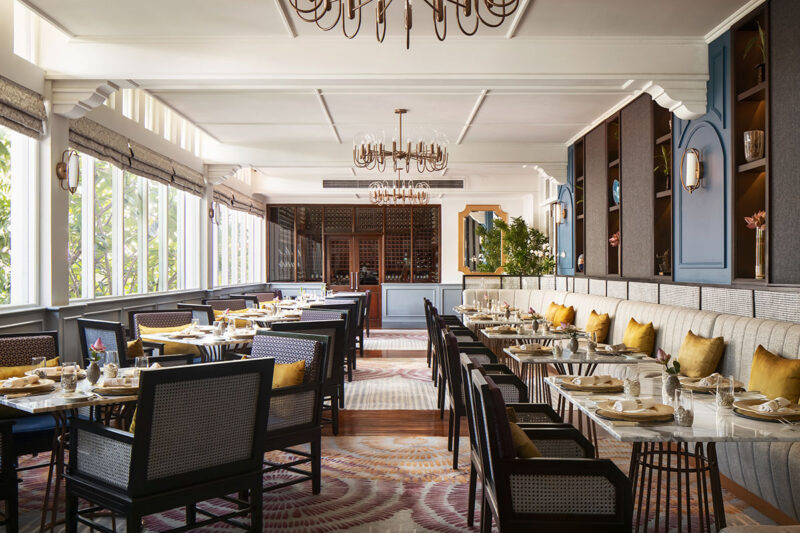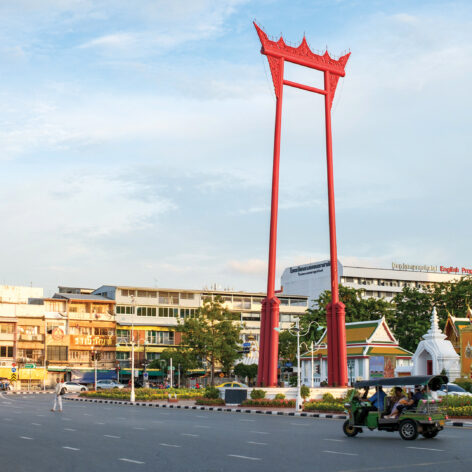If you’ve never thought of Siem Reap as a dining destination, you’re in for quite a surprise. The experiences are as varied as the flavors and run an impressively wide spectrum, from cheap and cheerful roadside barbecue, to intimate, chef-owned affairs, to spectacular temple setups fit for royalty, with endless options in between.
“Over the last few years, we’ve seen the emergence of lots of new restaurants by young Cambodian chefs who are taking traditional dishes, deconstructing them and making them their own,” says Evi-Elli La Valle, founder of Taste Siem Reap, a company that takes guests on curated food tours, traveling across town by tuk tuk. “If you love food, it’s a really exciting time to be here.”
A celebration of Khmer cuisine
While we were hankering for other Southeast Asian cuisines, a renaissance of sorts has unfolded in the kingdom over the last several years, with mission-driven chefs leading an organic campaign to revive the country’s long and rich culinary heritage and to bring the often-overlooked Khmer cuisine onto the world stage. Khmer food is generally more subtle in heat and spice but is no less flavorful, with bursts of piquant notes from fermented pastes and texture from fresh wildflowers.
To have your fill of mouth-watering Khmer dishes in town, start at The Sugar Palm, a beautiful, mood-lit dining hall with dark-wood finishes, timber blinds and potted bamboo palm accents. Here, owner and chef Kethana Dunnet, a leading figure in the effort to revive the cooking traditions that had all but disappeared under the Khmer Rouge, serves the dishes she enjoyed throughout her childhood. House specialties include recipes Kethana learned from her mother and grandmother, and one that she then passed on to Gordon Ramsay – The Sugar Palm’s fish amok is a velvety soufflé of mashed snakehead fish, prahok (fermented fish paste) and coconut cream, in a shallow palm-leaf tub.
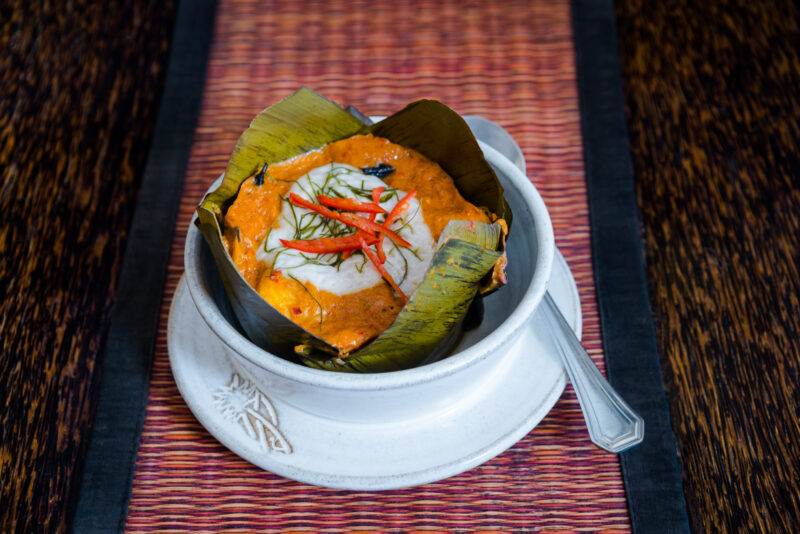
Younger chefs like Chomnab Seiha of Jomno and Mengly Mork of Pou Restaurant are driven by the same sense of purpose – to celebrate sophisticated Khmer fare that their grandparents enjoyed, before war and famine had altered the local plate – this time with a more contemporary take, in more casual settings.
At Pou, which moved to Maison 557’s garden earlier this year, Mengly serves photogenic plates of reimagined street food and Khmer family-style dishes. The menu includes the family recipe for num ban chok, a breakfast staple of curry and rice noodles, using local crab meat instead of the usual river fish, stewed in coconut milk and prahok. Another must-try is the catfish with tamarind sauce, chunks of fileted then deep-fried catfish from the Tonle Sap, drizzled with a bright and tangy tamarind sauce. It’s served in a bowl of springy rice noodles and fresh wildflowers.




